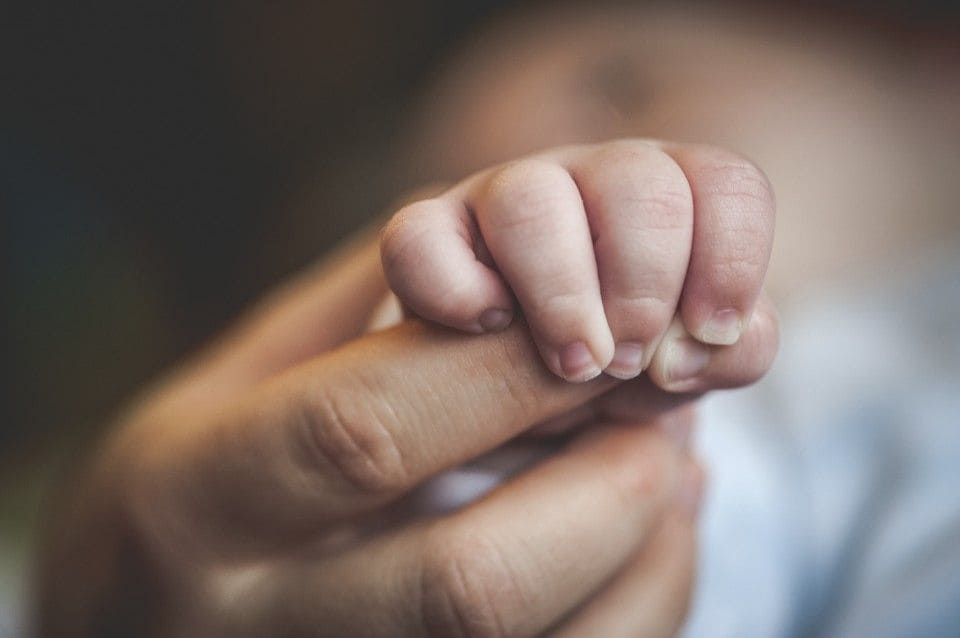Sudden Infant Death Syndrome: Risks, Causes & Prevention

It is a concern for parents of newborns that their baby might suddenly stop breathing during the night, and although the risks that that will happen with an apparently healthy infant is very minimal, yet you should still understand the risks as well as environmental factors that may cause a sudden and unexpected death of an otherwise healthy child.
Sudden Infant Death Syndrome (SIDS) is the leading cause of death for infants aged 1 month to 1 year. The majority of cases are tied to sleep. Learn more below.
What Is SID?
Sudden Infant Death Syndrome (SIDS) also known as cot death or crib death, is the sudden unexplained death of a child of less than one year of age.
There are environmental factors associated with an increased risk of SIDS (like tummy sleeping and loose bedding) that can be easily avoided. Here’s more on SIDS and what you can do to prevent it.
READ ALSO: Is Co-Sleeping With Your Baby Safe? Find Safety Guidelines for Parents
What Causes SIDS?
SIDS is not fully understood, but experts are learning more and more. It was largely believed that healthy babies were affected by SIDS at random. But now researchers have a different theory: It is thought that SIDS babies might have an underlying problem that puts them at higher risk for sudden death — even though they might seem perfectly healthy.
In some babies, the part of the brain that’s supposed to respond to dangerous breathing conditions could be underdeveloped. A hidden heart defect or a faulty gene that manages breathing or heart rate could also play a role.
On the other hand, experts know a few things about what doesn’t cause SIDS. Vomiting, choking and illness don’t play a role. Immunizations don’t, either.
Ultimately, there’s no one single cause of SIDS. Most of the time, multiple risk factors combine to cause a baby who’s already at risk for SIDS to die from it.
READ ALSO: Are Pacifiers Safe for Your Baby? See Top Pros & Cons
How do you prevent SIDS?
SIDS cannot be completely prevented, but there are things you can do to reduce your baby’s risk as much as possible. Safe sleeping practices are at the top of the list. Protective factors like breastfeeding, staying up-to-date on your baby’s pediatrician visits and vaccines also play an important role.
Products that claim to reduce the risk of SIDS aren’t actually proven to be effective. And there’s a chance they could end up doing more harm than good.
Safe Sleep Tips To Reduce The Risk Of SIDS
Setting up a safe sleep environment is the most effective way to keep your little one protected. Here’s what you can do:
- Put your baby to sleep on her back every time. Remind other caregivers to do this, too!
- Use a firm crib mattress, a fitted sheet and nothing else. Keep loose blankets or quilts, sheepskins, pillows, crib bumpers, soft toys, and stuffed animals out of the crib.
- Keep your baby from getting overheated. Use a temperature-appropriate sleep sack or swaddle instead of dressing your baby in extra layers, blankets or a hat.
- Have your baby sleep in the crib or bassinet whenever possible.
- If she nods off in the car seat, stroller, swing, or carrier, move her as soon as you can.
- Avoid “Safe sleep” products.
- Consider running a fan to promote air circulation, which could help lower the risk for SIDS.
- Consider room-sharing. SIDS is less likely to occur in babies who share a room with their parents — but sleep in their own space (like a bassinet).
- Avoid bed-sharing, which can raise SIDS risk.
When To Stop Worrying About SIDS?


